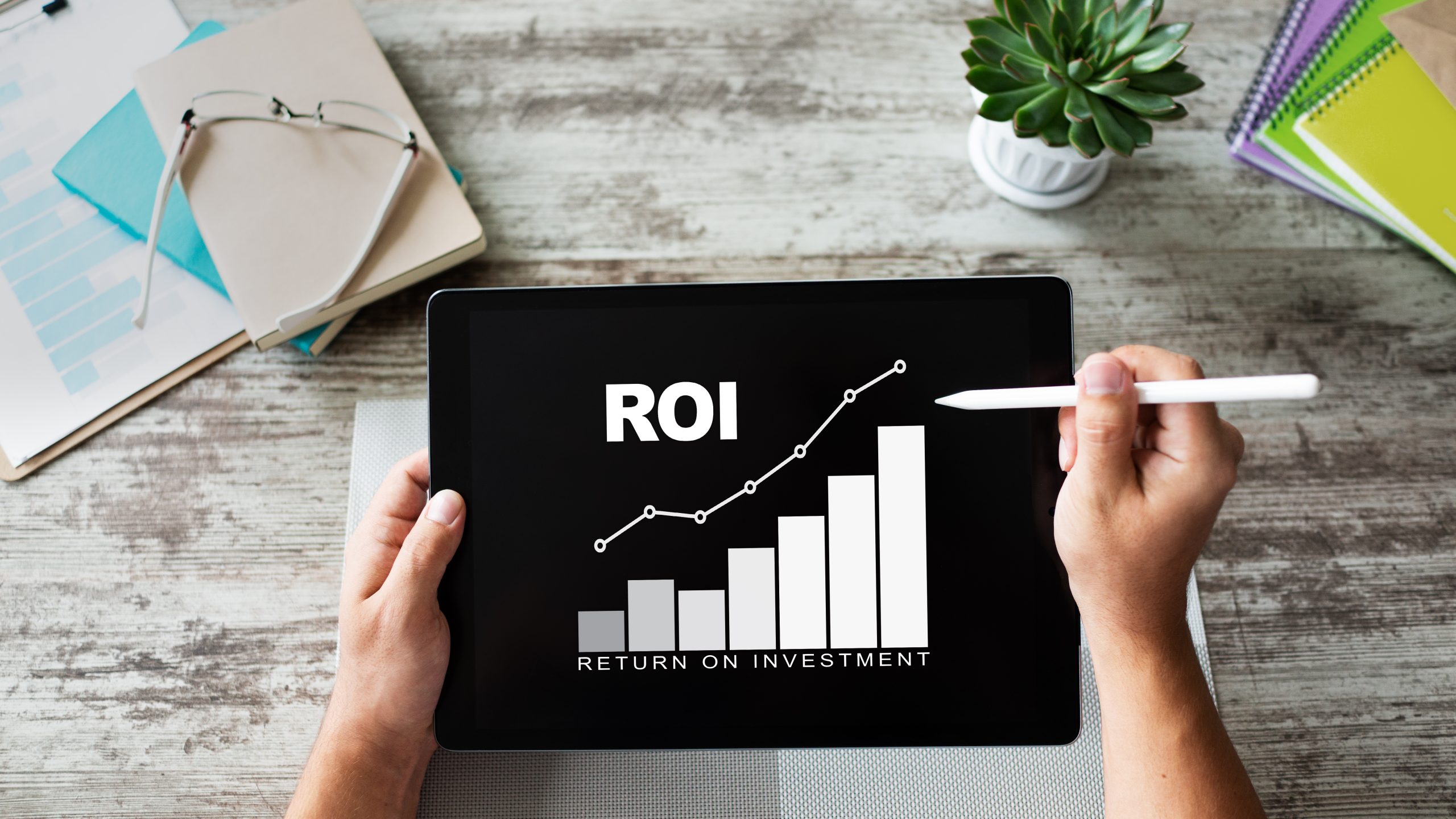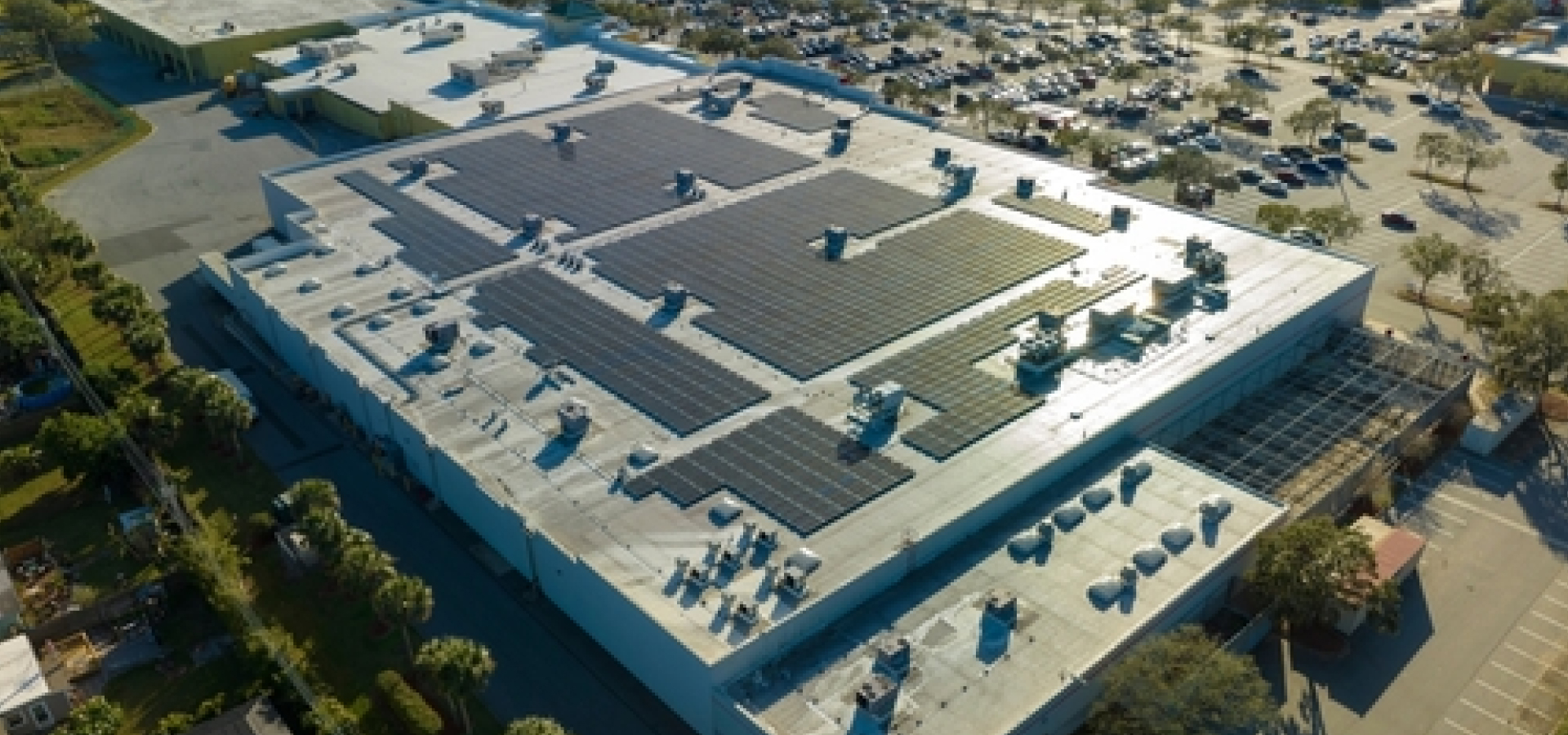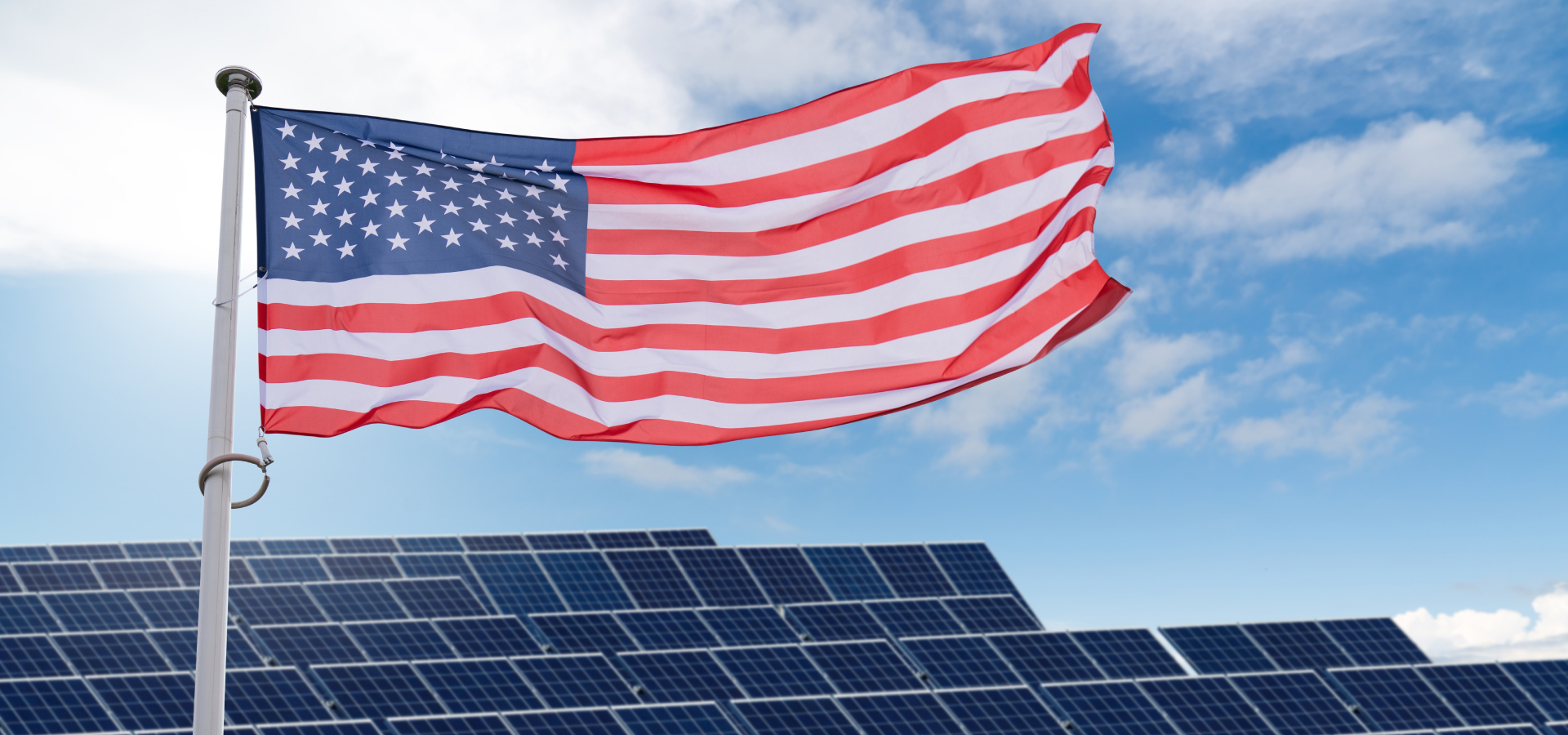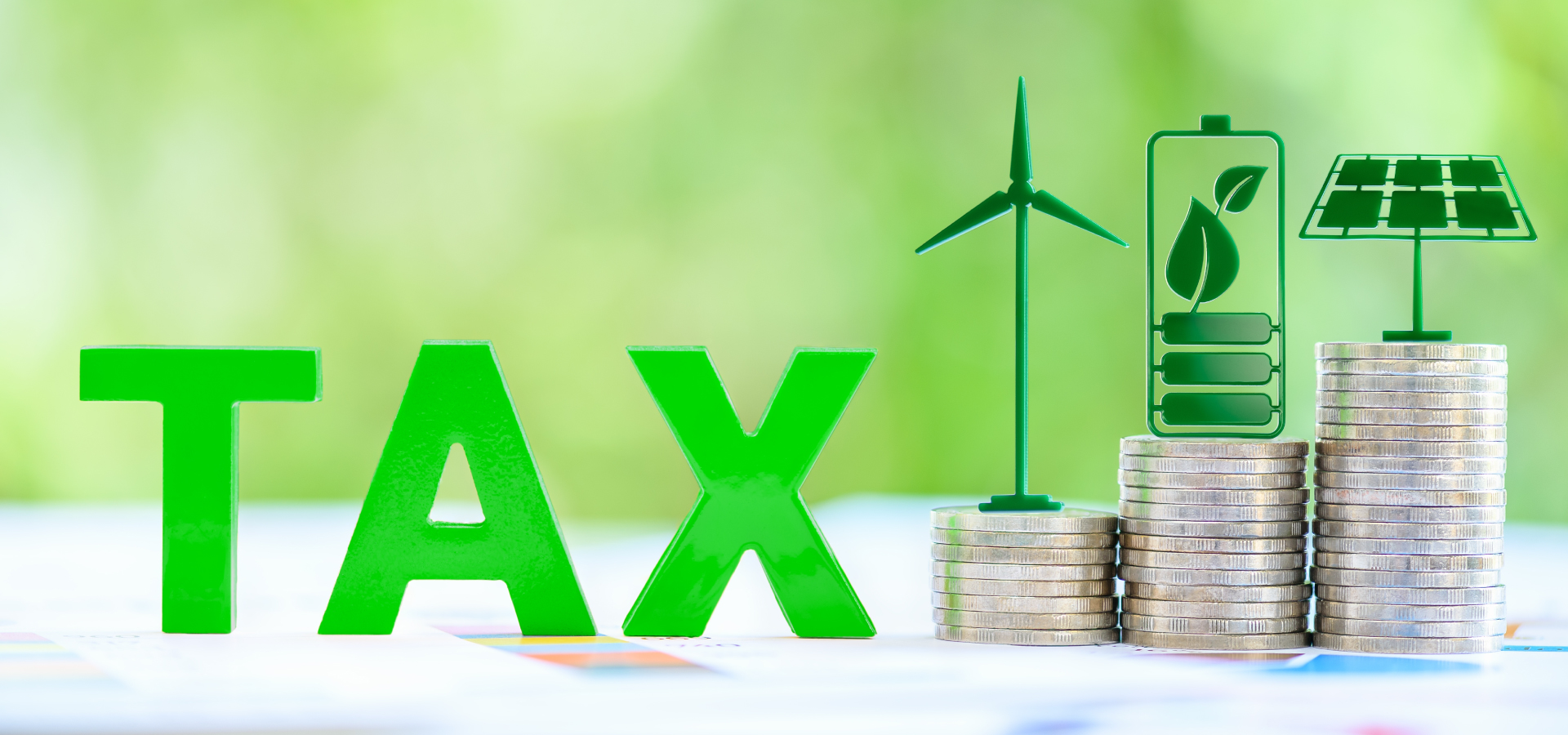Installing residential solar panels is a smart financial investment, especially when you consider these three facts:
- Fact No. 1: A solar panel array installed in Oldenburg, Germany in 1976 is still generating electricity 44 years later. Modern photovoltaic solar panels are projected to last 40–50 years, based on the longevity of solar arrays installed on rooftops across the world since the 1970s.
- Fact No. 2: Homes with solar panels on the roof sell for higher market values in Florida. Homes with solar panels sell, on average, for 4.1% higher market value, according to a study by Zillow — and in Orlando, Florida, the average is even higher at 4.6%.
- Fact No. 3: Electric vehicle sales have increased 30% every year for the past decade except for 2019, which still saw the highest ever share – 2.6% – of the global car market.
So, how do these three facts add up to a faster return on investment on your residential solar panels?
Let’s look at the numbers.
Get ROI on Your Solar Panels in Just Four Years
Let’s say a Tampa homeowner installs a rooftop solar panel array for a total cost of $19,000, which generates about $200 per month in electricity — or $2,400 per year — in free energy.
Considering that homeowners who buy solar panels typically live in a home worth $300,000 or more, a 4.1% higher resale value would return at least $12,000 — but to be conservative, we’ll say this homeowner sees a resale value increase of $10,000. If you subtract that from the initial cost of the solar array ($19,000–$10,000), you’re left with $9,000 in real costs for that solar array.
Now, since the solar array generates $2,400 annually in free energy, we’ll divide the remaining $9,000 by $2,400 to get our final ROI: 3.75 years!
Some might argue that the $10,000 increase in home value might not matter if the homeowner lives there for the next thirty years, but solar panels are designed to last for decades. They’re a home improvement investment that will never lose value, especially if you consider that electricity demands will increase as more people purchase electric vehicles in the future.
Over 30 years, that $19,000 solar array will generate $55,000–$60,000 in free energy (when inflation and price-per-kilowatt increases are factored in), so even if that homeowner sells their home for just $5,000 more in 2050, they’ve still made a brilliant financial choice.
Solar Panels & Electric Vehicles are a Cost-Effective Combo
Will more homeowners own electric vehicles in the future? Of course they will.
As residential solar becomes common, more consumers will understand the value of rooftop solar and how this benefits electric vehicle ownership.
The average consumer in 2020 has only basic knowledge about rooftop solar generation, or how many kilowatts are used daily by electric vehicles. By 2030, most consumers will be very familiar with rooftop solar panels and electric vehicle technology and capabilities — in fact, scientists envision a 20-fold increase in solar photovoltaic power by 2030.
Just as car buyers today ask about miles-per-gallon on a gasoline-powered car, these same consumers will ask about miles-per-kilowatt on electric vehicles in the future.
The good news is, you can start taking advantage of these cost savings today. And at Tampa Bay Solar, we make it easy to transition from traditional energy sources to solar energy systems. Request your free audit and we’ll work with you to find a solution that fits your needs and budget.




